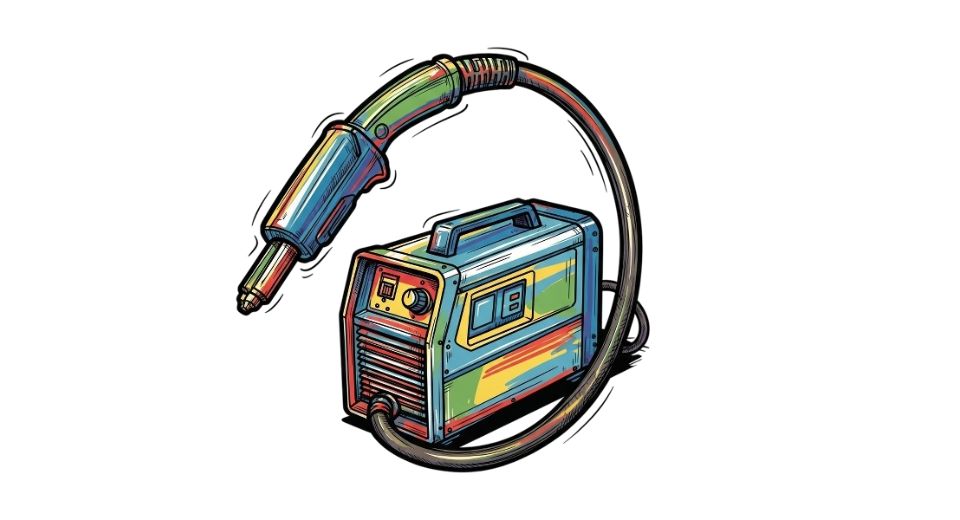
Jul 17, 2025

The research by Metastat Insight presents a comprehensive view of the Global Electric Welding Machine Cable Market, showing how the industry is being influenced by different technological and industrial innovations across the globe. This part of the electrical components market occupies a unique niche, not just for what it does but for how important it is as a role in enabling operations that need precision, endurance, and reliability in harsh conditions. Wires specifically designed for electric welding machines are built to operate under mechanical stress, high temperature, and dynamic motion, which results in their design and utilization differing from the conventional power wires.
Global Electric Welding Machine Cable market is estimated to reach $1,325.17 million in 2025 with a CAGR of 9.5% from 2025 to 2032.
In various sectors ranging from automotive to construction, the application of electric welding systems is commonplace and inevitable. The wires employed in these systems, thus, are expected to last for years of heavy usage. This requirement has led manufacturers to focus strongly on product durability, heat insulation, and flexibility. With improved welding technology, with different electrical requirements and automated conditions, the related cable technology also improved, leading to product ranges that meet both general requirements and industry-specific needs.
The significance of performance in extreme operating conditions cannot be avoided when this market is being discussed. Cables of welding machines are frequently subjected to tough conditions like oil leakage, mechanical wear, or varying levels of currents. To counter these variables, product design has gravitated towards materials with high resistance to wear and the capacity to maintain performance without sacrificing safety. Additionally, the move toward more environmentally friendly material usage and production methods has started to shape cable design, without sacrificing the cable's capacity for electrical transmission in heavy loads.
Customizability has become yet another aspect that producers are more and more emphasizing. Companies that make use of welding systems range from small-scale workshops to huge assembly lines, and hence cable suppliers are providing more customized solutions, ranging from insulation type variation to core design and connector interface variations. The possibility of compatibility with client-defined mounting schemes or equipment models provides certain brands with a competitive advantage. This paradigm has promoted cooperation between suppliers and end-users to result in co-developed specialized products that satisfy distinctive operating requirements.
World trade patterns also cut across the path of this market. With infrastructure projects multiplying in some regions of the globe, especially where industrialization is accelerating, demand for strong welding systems necessarily increases. This influence cuts into how the cables are made, warehoused, and transported. Logistics and supply chain effectiveness are increasingly becoming critical factors, especially in making sure that quality requirements are not compromised from the manufacturing stage to the end of deployment.
Alongside increasing demand is a continuous evolution of standards and certifications, serving as quality and performance checkpoints. Governments and international regulators are more involved in tracking the safety and compliance levels of products like electric welding cables. These standards affect manufacturing procedures, material selection, and even packaging techniques.". Firms dealing in this sector have to invest constantly in compliance programs so as to sustain credibility and access to market, particularly in countries with strict industrial standards.
Digital integration in supply chains is also empowering manufacturers to monitor, manage, and enhance product performance even after installation. Using feedback loops backed by intelligent tracking devices, companies can now learn more effectively about the performance of their cables under real conditions, detect patterns of wear and tear, and calibrate future production accordingly. This loop of feedback also enhances customer satisfaction, as it aids in better-informed planning for maintenance and product life cycles.
The dynamics today around this category portend a shift from mere passive unit in industrial equipment to intelligent, dependable contributor to productivity and safety. With corporations looking for more value from each piece of equipment utilized, units such as electric welding machine cables are no longer chosen based on availability alone but on their overall performance profile over time and dependability under specific conditions.
In summary, the Global Electric Welding Machine Cable Market, as described within the insights provided by Metastat Insight, reveals the way in which a technologically niche segment becomes a hub of innovation and customizations. The consistent focus on design accuracy, operational life, and conformity with increasing industry standards reflects the role such cables play in ensuring unbroken and secure industrial operation. With producers and consumers concurring more than ever before, this market continues to evolve beyond the traditional lines of electrical cable functionality.
Drop us an email at:
Call us on:
+1 214 613 5758
+91 73850 57479